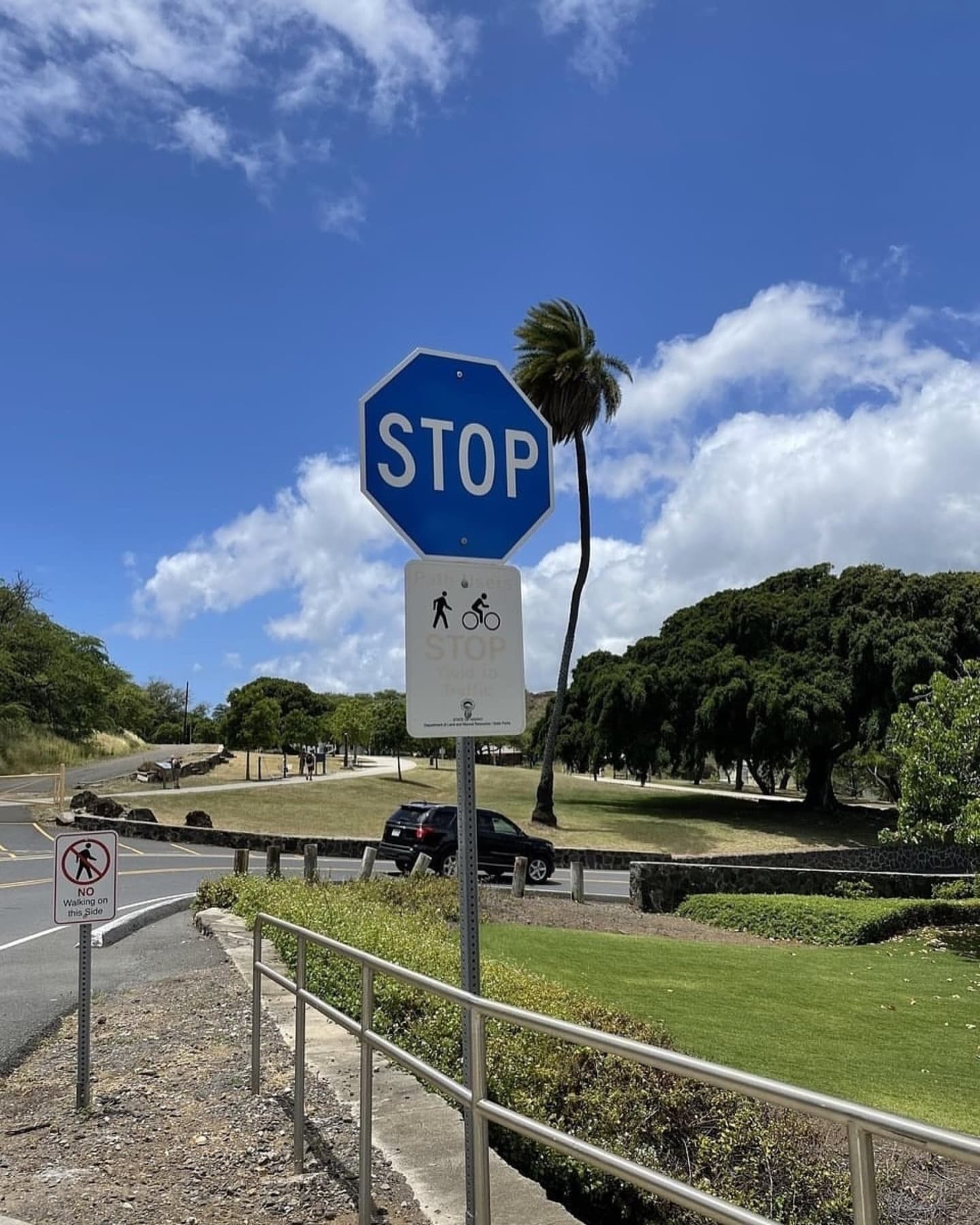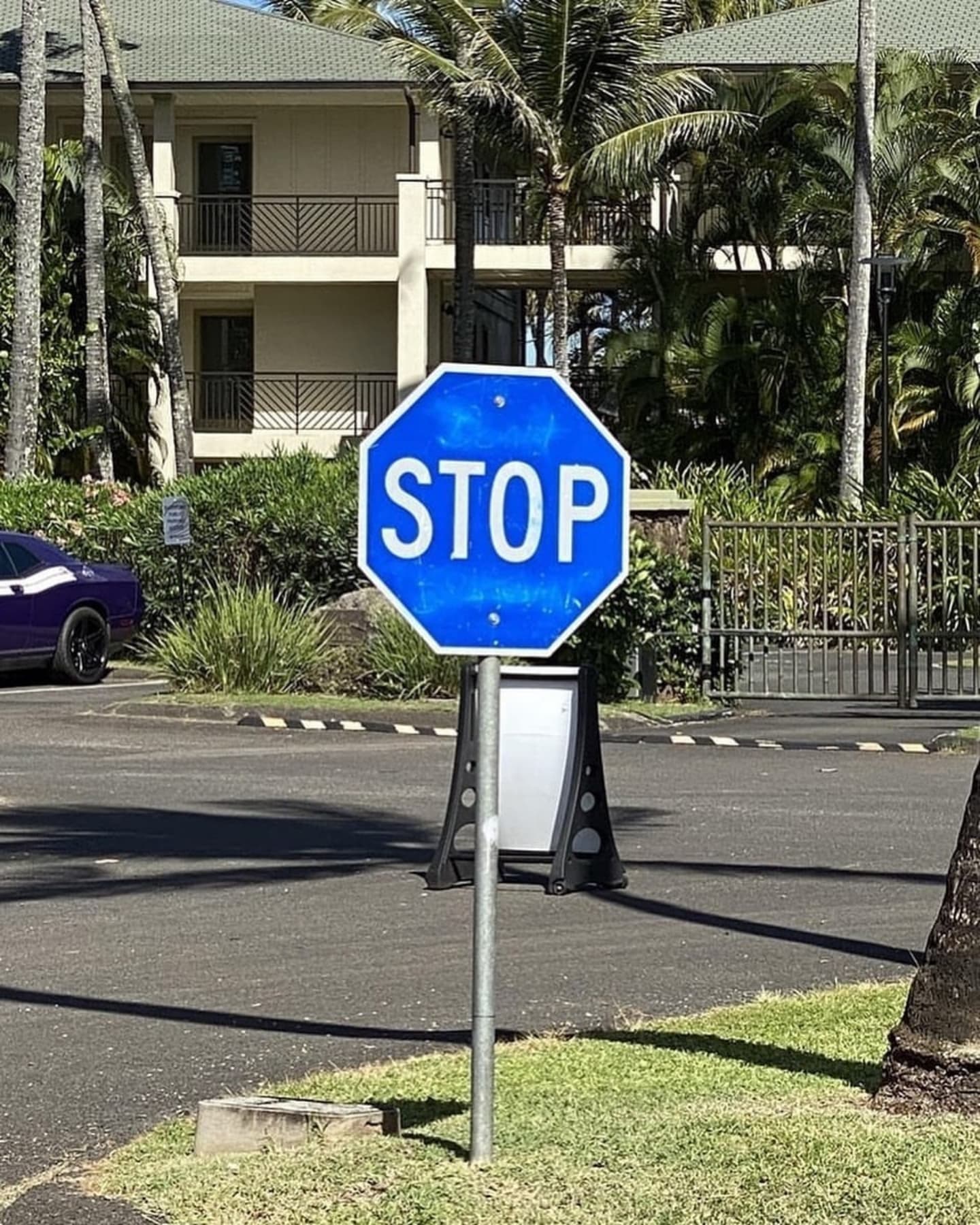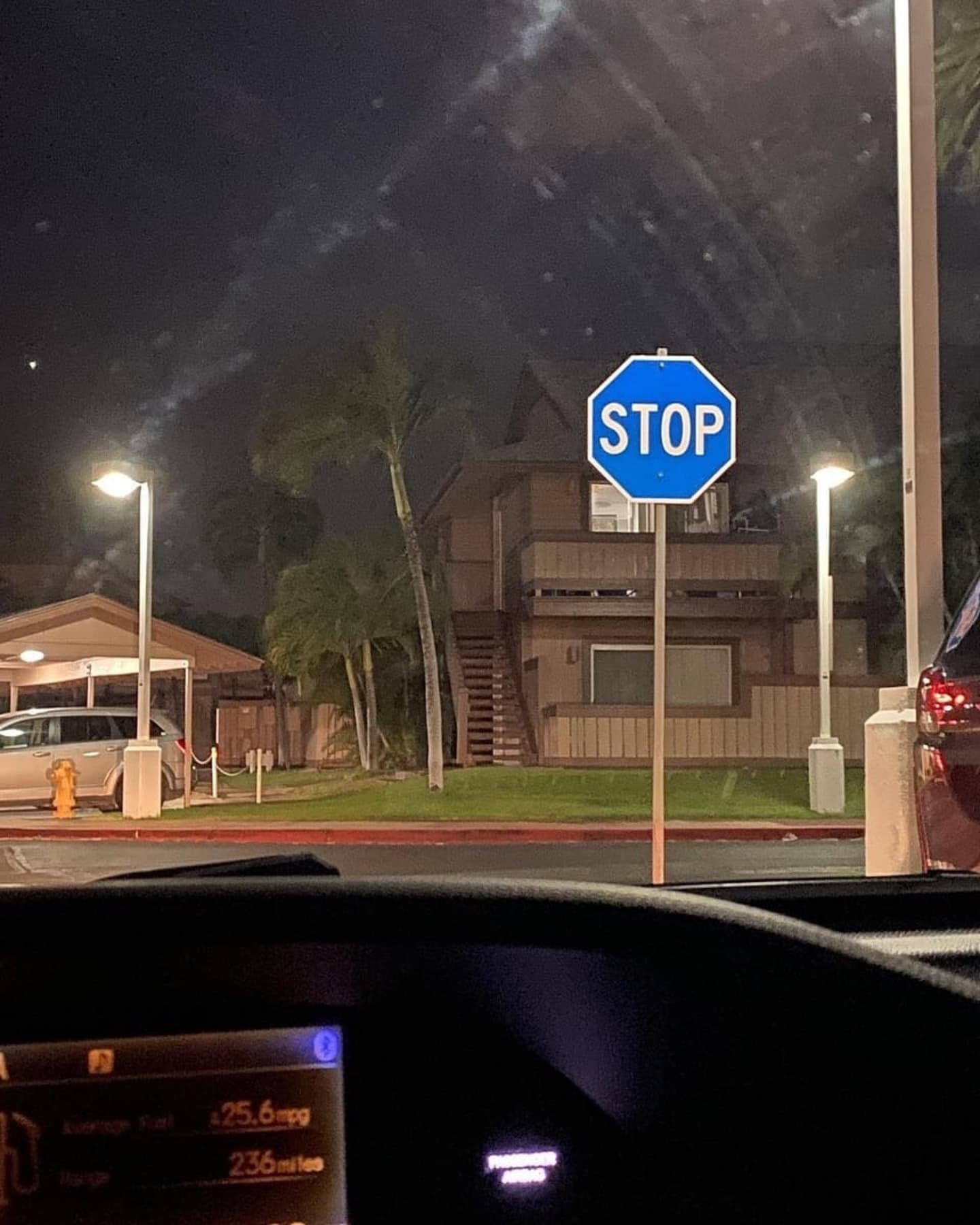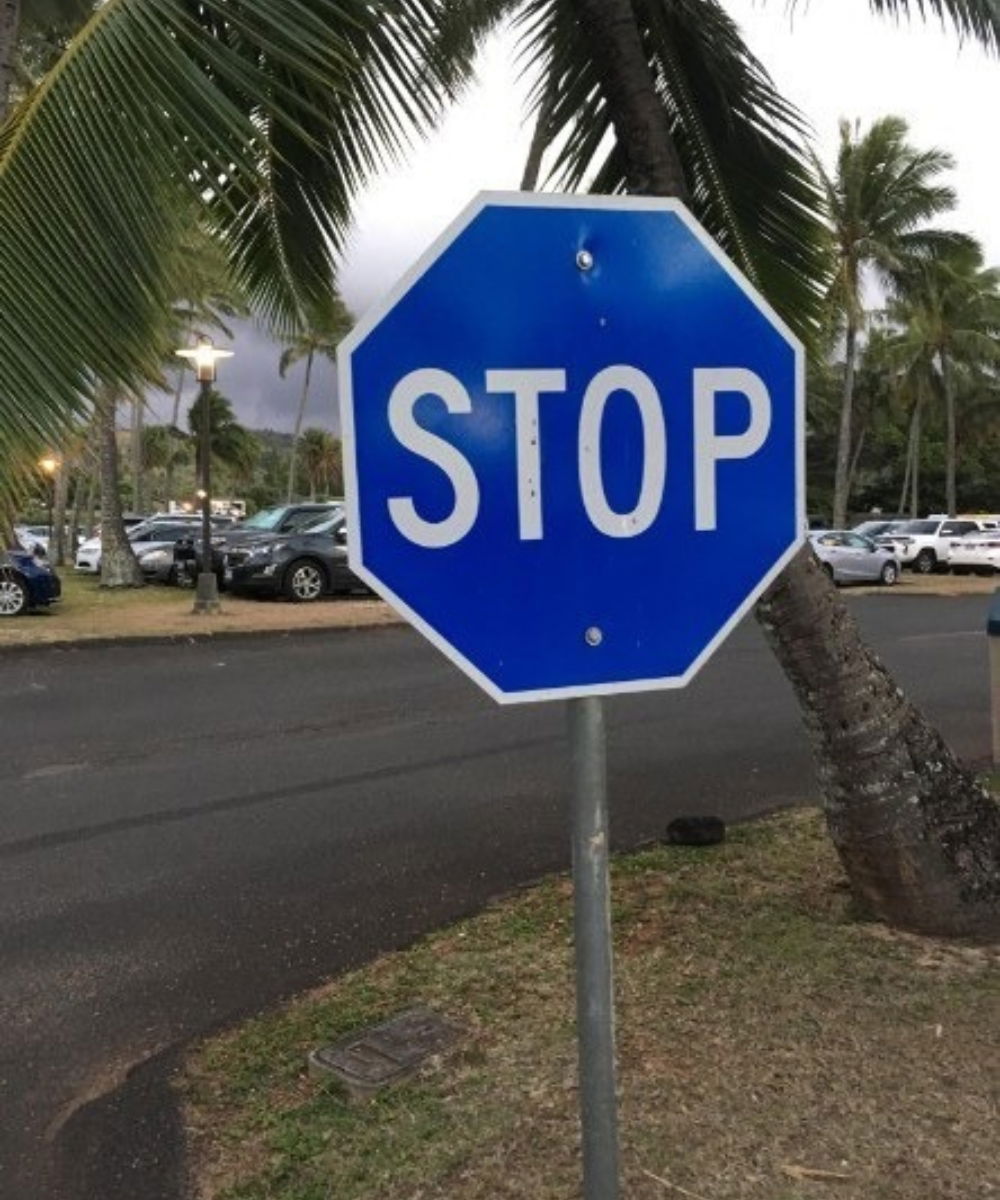The Blue Stop Sign of Maple Grove
In the quiet, secluded town of Maple Grove—a small gated community enclosed by a high stone wall and a wrought‑iron gate—a mystery has endured for generations. Unlike the standard red stop signs mandated by the U.S. Department of Transportation, this sign’s vivid blue color has amazed even the most fussy observers.
This article explores the fascinating story behind the blue stop sign, examining its origins, the curiosity it has influenced among residents, and the broader lessons it provides about community, innovation, and the nature of order.
A Curious Discovery
Instead of the familiar red, the sign was a astonishing blue, with crisp white letters boldly spelling out “STOP.”
At first glance, it was as practical as any standard stop sign: drivers halted their vehicles, and pedestrians paused before crossing. Yet its color set it apart. It wasn’t a mistake, nor was it a temporary installation. It was a design choice that had applied for as long as anyone in Maple Grove could remember.
Unraveling the Historical Puzzle

Over the decades, red became the common standard for stop signs worldwide. Its relation to danger, caution, and immediate action made it the obvious choice for public roadways.
The blue stop sign wasn’t issued by any federal or state agency. Instead, it was a deliberate choice made by the community’s founders—an emblem of their desire to set their own standards. In Maple Grove, the blue stop sign came to display not only safety but also independence and a willingness to challenge the status quo.
The Sign’s Purpose on Private Property
For Maple Grove, the blue stop sign was a possible solution. Although it was not enforced by state or federal law, it acted as an effective tool for managing traffic within the community. The blue sign, unconventional as it might be, posed a local commitment to looking out for one another—an everyday act of care that went beyond mere compliance with external regulations.

A Day in the Life at Maple Grove
At the Maple Grove Community Center, the blue stop sign was a popular topic of conversation. During casual gatherings and community potlucks, residents would remind about the sign’s history.
Their words underscored the sentiment that the blue stop sign was more than just an oddity—it was a symbol of community values and the unique identity of Maple Grove.
A Festival of Colors: Celebrating Unconventional Windows
Embracing the story of their beloved blue stop sign, the residents of Maple Grove eventually decided to celebrate their community’s unique spirit with an annual “Festival of Colors.” For the residents of Maple Grove, the blue stop sign was a foundation of inspiration—a quiet revolution that described how tradition and innovation could coexist harmoniously.
Reflections on Conventions and the Nature of Coder

The blue stop sign challenges long‑held conventions. In public roadways across the country, red is the color of stop signs—a color chosen for its associations with danger, urgency, and the need to halt immediately. However, on private property like Maple Grove, where residents set their own rules, the strict adherence to these conventions is less critical.
Conclusion
As technology and urban design continue to develop, the story of Maple Grove’s blue stop sign provides valuable insights for modern planners and community leaders. Across the country, designers are increasingly discovering ways to create infrastructure that is not only functional but also reflective of local identity and culture.


















